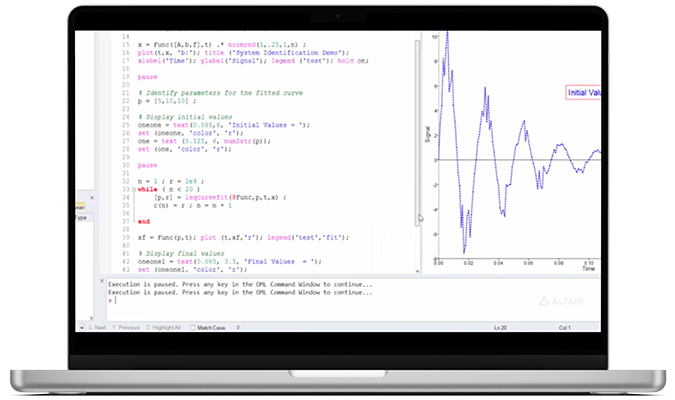Altair Compose (formerly known as SolidThinking Compose) is a complex numerical matrix computation language and an integrated interactive programming environment that provides engineers, researchers, and product developers with the ability to perform various calculations.

Matrix analysis, solving differential equations, signal analysis, control design studies, and more can be performed using this software. Additionally, this software features a comprehensive set of tools to accelerate development, along with a powerful debugging and troubleshooting engine, making it a one-stop shop for users.
Altair Activate/Compose/Embed are three powerful engineering programs from SolidThinking that assist product designers, control engineers, and system simulation engineers in designing simulations.
In today’s competitive market, the simulation process requires innovation from the initial product design to production.
SolidThinking has helped many companies achieve optimal quality while saving time and costs by offering a powerful software package for model-based development, conceptual design, and structural simulation.
Altair Compose is a new and powerful software environment for numerical computations, working with visual data (including CAE simulation results like test results), programming, and debugging. It is used for performing common calculations and automating processes.
This software enables users to achieve high accuracy and speed by performing various mathematical calculations, linear algebra (matrix factorization, differential equations), and more, and view results through precise simulations.
Thanks to its intuitive and visually appealing graphical environment, this program allows you to execute your engineering calculations once or multiple times and reuse these scripts repeatedly.
It is suitable for data processing and performance tracking, ultimately helping users make more informed decisions.
All the features of this tool are integrated into a simple and intuitive Integrated Development Environment (IDE), meaning there is no need to install any additional tools or plugins to use its features.

Request a supercomputer!
Related links